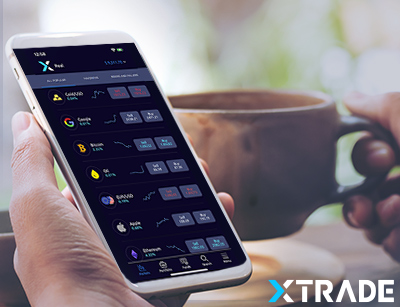Why Learn Currency Trading Basics
By Content-mgr - on May 23, 2016Many traders think that having to learn currency trading basics is redundant as they already master their trading relatively well. But what if you ever face tasks such as having to calculate the dollar value of a pip, or the overnight interest charge. And you don’t actually know the formulas for calculating these figures. A review of the basics, in greater depth, can help you improve your trading strategy and pay more attention to important details. Details which in some advanced trades may prove critical. In fact, the more a trader advances their trading methods and pushes into new territory, the more critical the basic definition of forex trading becomes. This is why the effort of trying to learn currency trading basics, in more depth, is well worth it! You can learn these basics while you practice currency trading ideas and concepts. It’s a fact of life, that all theories and educational materials become much more interesting when there is a strong motive for learning all these materials. All foreign exchange currency trading online for beginners provides that motive for beginners and others, to learn from a brand new perspective. Perhaps the most boring aspect of forex is that of money management. And even that becomes very interesting, when one puts things into practice. Because the learning trader gets to see the positive impact of a good money management system right away. As large losses become smaller and profits continue to be generated. And the risk of blowing the trading account is removed through a series of steps which at first seem counter-intuitive.

Learn Currency Trading Basics and Make Good Habits out of Them
If you learn currency trading basics covering definitions, choosing entry points, and money management. Then you will have covered all key aspects. Money management however can get much more complicated as one seeks to maximize the efficiency of a trading strategy. Ultimately, money management becomes a multi-variable algebra problem, which may seem intimidating. But if traders formulates the problem right, they could in principle optimize their trading beyond recognition. All by algebraically (and through the use of a spreadsheet) calculating key parameters, such as trade size at any one moment, stop loss size — and also hedging trade possibilities which are part of all serious CFD trading strategies. But in order for these calculations to be right, the trader has to know the basic definitions well. Instead of using just number of pips, exact pip dollar figures have to also be used. And on entry points, the trader has to use more parameters so as to define market risk in terms of volatility. Not just a number of pips reflecting maximum acceptable dollar loss. And if the account used is large, even more parameters have to be used, so as to take into account the fluctuation of the value of the entire account. Based on the fluctuation of the currency the account is in, versus all other major currencies. What would happen for example, if a trader has a $100,000 account, trades profitably, but the US dollar index is about to decline 20%? That would cause a subtle loss, which only good money management can protect against. As you dig deeper, you will see that all advanced problems lead back to basic definitions. A lack of knowledge of those definitions, is a severe limitation to solving these advanced problems.
 First Deposit Bonus
First Deposit BonusFirst Deposit Bonus | Phone Verification | First Trade on us | Account Verification














